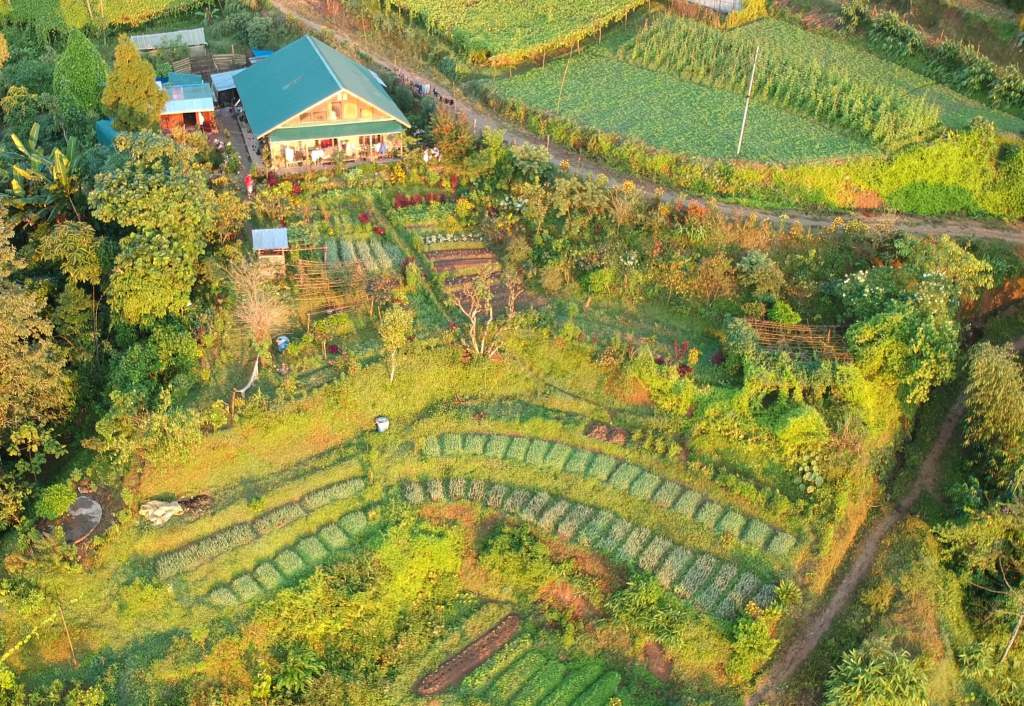Permaculture: A Path to Sustainable and Harmonious Living
As our modern society becomes more aware of the environmental challenges we face, many individuals are seeking alternative ways of living that promote sustainability and self-sufficiency. Permaculture, a concept created by Bill Mollison and David Holmgren in the 1970s, offers a practical solution for those looking to live in harmony with nature while cultivating a resilient and abundant lifestyle.
At its core, permaculture is an ecological design system that aims to mimic natural ecosystems to create productive and sustainable human settlements. It combines principles from various disciplines such as agriculture, ecology, architecture, and community development to develop regenerative systems that work with nature rather than against it.
One of the fundamental principles of permaculture is observing and understanding the patterns and processes found in natural ecosystems. By studying how plants grow together, how water moves through the landscape, or how animals interact with their environment, we can apply these insights to our own designs. This approach allows us to create efficient systems that require less maintenance over time.
Another key aspect of permaculture is focusing on building healthy soil as the foundation for productive land use. Instead of relying on chemical fertilizers or pesticides that harm both our health and the environment, permaculturists emphasize organic practices like composting, mulching, and crop rotation. By nourishing the soil with organic matter and encouraging beneficial microorganisms’ growth, we can create fertile ground for growing food sustainably.
Perennial plants also play a significant role in permaculture design. Unlike annual vegetables that need replanting each year, perennial crops like fruit trees or berry bushes offer long-term yields without constant effort. Integrating these perennial plants into food forests or agroforestry systems provides multiple layers of productivity while fostering biodiversity within our landscapes.
Water management is another critical component of permaculture design. Rather than letting rainwater run off unused or relying solely on energy-intensive irrigation systems, permaculturists employ techniques such as swales, rain gardens, and water catchment systems. These methods help to collect, store, and distribute water efficiently throughout the landscape while preventing erosion and recharging groundwater reserves.
In addition to sustainable food production, permaculture also emphasizes the importance of energy efficiency and renewable resources. Designing homes with passive solar principles in mind can reduce heating and cooling needs significantly. Integrating solar panels or small-scale wind turbines can further contribute to self-sufficiency by generating clean energy for household use.
Beyond individual properties, permaculture extends its principles to community development. By fostering cooperation and shared resources within neighborhoods or rural areas, communities practicing permaculture can create resilient networks that support each other during challenging times. Community gardens, tool libraries, or collective marketplaces are just a few examples of how people come together to build stronger connections while reducing their environmental impact.
Permaculture is not only about physical design but also about cultivating a mindset rooted in ethics and care for the earth. The three core ethics – Earth Care, People Care, Fair Share – guide practitioners in making decisions that consider long-term sustainability and social responsibility. By embracing these values in our everyday lives, we can align our actions with our desire for a more equitable world.
In conclusion, permaculture offers an integrated approach to sustainable living that addresses multiple aspects of our daily lives – from food production to energy consumption and community building. By observing nature’s patterns and working alongside it rather than against it, we have the opportunity to create regenerative systems that benefit both ourselves and the planet we call home. Whether you’re starting a homestead or simply looking for ways to live more harmoniously with nature in your backyard garden, exploring permaculture principles will undoubtedly inspire you on your journey towards a more sustainable future.


Leave a comment